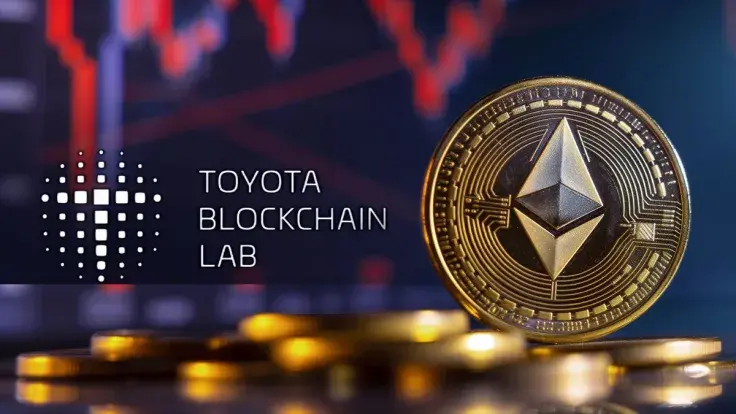
Disclaimer: The opinions expressed by our writers are their own and do not represent the views of U.Today. The financial and market information provided on U.Today is intended for informational purposes only. U.Today is not liable for any financial losses incurred while trading cryptocurrencies. Conduct your own research by contacting financial experts before making any investment decisions. We believe that all content is accurate as of the date of publication, but certain offers mentioned may no longer be available.
Ethereum’s ERC-4337 standard was recently referenced in Toyota Blockchain Lab’s published work, entitled “How to Introduce Mobility into the Public Blockchain.”
Integrating MOA and Ethereum ERC-4337
Sota Watanabe, founder of Toyota partner Astar Network, took to X to announce that the auto giant just published a post on Mobility-Oriented Account “MOA,” based on Account Abstraction standard ERC-4337 in the Ethereum ecosystem.
He acknowledged the work as one that involves large Japanese enterprises working on public chains.
Toyota Blockchain Lab came up with the Toyota Mobility Concept in April 2023, intending to integrate mobility with social systems in “Mobility 3.0.” With time, the protocol decided public blockchains designed to share states with a large number of people could be a powerful option to realize the focus of the Toyota Mobility Concept.
Using a smart account on the blockchain to interpret mobility is believed to hold several benefits, including improved programmability. It is this account on the blockchain that is referred to as a Mobility-Oriented Account.
Toyota wants to explore how to design MOA based on the Account Abstraction standard ERC-4337 in Ethereum.
Toyota to address challenges with ERC-4337
The protocol believes strongly in the capacity of this integrated design to help mitigate the challenges associated with utilizing conventional approaches. Some of these challenges are the loss of private keys and accounts, and limited functionality on the blockchain.
Notably, Account Abstraction creates a distinction between the authentication process and key management. Therefore, the loss of a private key does not absolutely mean that the account itself is lost. Instead, the account could be retained even if the private key is lost, thereby enabling safer and more flexible account management.
Another unique aspect of ERC-4337 that Toyota plans to explore is the use of the CREATE2 opcode defined in EIP-1014. This allows the deterministic setting of an address before the account is deployed.
 Dan Burgin
Dan Burgin Vladislav Sopov
Vladislav Sopov U.Today Editorial Team
U.Today Editorial Team